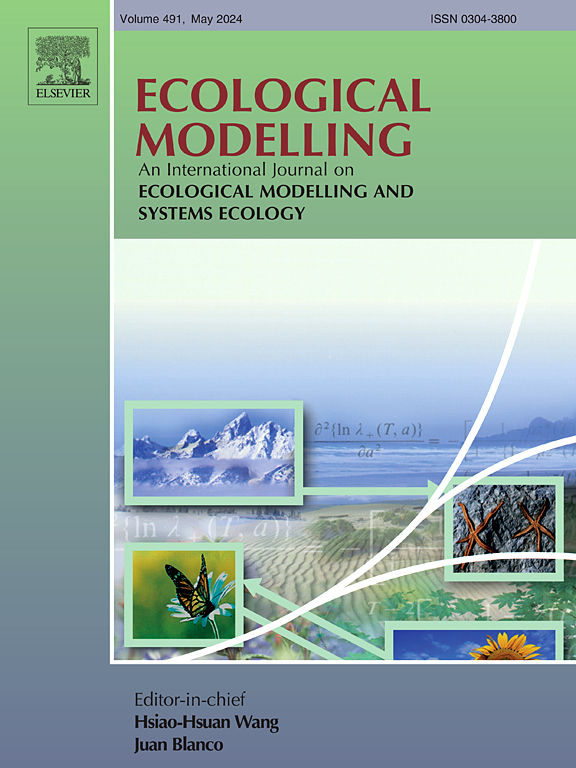Climate change has significant effects on critical ecosystem functions such as carbon and water cycling. Vegetation and especially forest ecosystems play an important role in the carbon and hydrological cycles.Vegetation models that include detailed belowground processes require accurate soil data to decrease uncertainty and increase realism in their simulations. The MC2 DGVM uses three modules to simulate biogeography, biogeochemistry and fire effects, all three of which use soil data either directly or indirectly. This study includes a correlation analysis of the MC2 model to soil depth by comparing a subset of the model’s carbon and hydrological outputs using soil depth data of different scales and qualities. The results show that the model is very sensitive to soil depth in simulations of carbon and hydrological variables, but competing algorithms make the fire module less sensitive to changes in soil depth. Simulated historic evapotranspiration and net primary productivity show the strongest positive correlations (both have correlation coefficients of 0.82). The strongest negative correlation is streamflow (0.82). Ecosystem carbon, vegetation carbon and forest carbon show the next strongest correlations (0.78, 0.74 and 0.74, respectively). Carbon consumed by forest fires and the part of each grid cell burned show only weak negative correlations (0.24 and 0.0013 respectively). In the model, when the water demand is met (deep soil with good water availability), production increases and fuels build up as more litter gets generated, thus increasing the overall fire risk during upcoming dry periods. However, when soil moisture is low, fuels dry and fire risk increases. In conclusion, it is clear climate change impact models need accurate soil depth data to simulate the resilience or vulnerability of ecosystems to future conditions.
Soil depth affects simulated carbon and water in the MC2 dynamic global vegetation model





